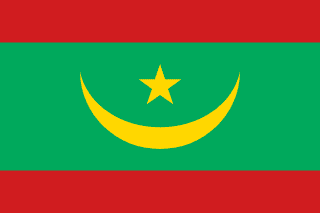Nouakchott - Introduction

About Nouakchott
Nouakchott ( nwa(h)k-SHOT; French: [nwakʃɔt]; Arabic: نواكشوط, romanized: Nwākshūṭ, Hassaniyya: [nwakʃuːtˤ] ; Wolof: Nuwaaksoot; Pulaar: Nuwaasoot; Soninke: Nuwasooto; Berber: Nwakcoṭ, originally derived from Berber: Nawākšūṭ, 'place of the winds' or alternatively Zenaga: in wakchodh, 'having no ears') is the capital and largest city of Mauritania. Located in the southwestern part of the country, it is one of the largest cities in the Sahara. The city also serves as the administrative and economic center of Mauritania.
Once a mid-sized coastal village, Nouakchott was selected as the capital for the nascent nation of Mauritania, with construction beginning in 1958. It was originally designed to accommodate a population of 15,000, but experienced significant population growth in the 1970s when many Mauritanians fled their home villages due to drought and increasing desertification. Many of the newcomers settled in slum areas of the city that were poorly maintained and extremely overcrowded. By the mid-1980s, Nouakchott's population was estimated to be between 400,000 and 500,000.
As of 2023, the city had a population of nearly 1.5 million people and serves as the hub of the Mauritanian economy. It is home to a deepwater port and Nouakchott–Oumtounsy International Airport, one of the country's two international airports. It also hosts the University of Nouakchott and several other more specialized institutions of higher learning.
Nouakchott Current Weather
,
| Parameter | Value |
|---|---|
Wind 
|
|
Pressure 
|
|
Humidity 
|
|
Visibility 
|
|
UV Index 
|
|
Precip 
|